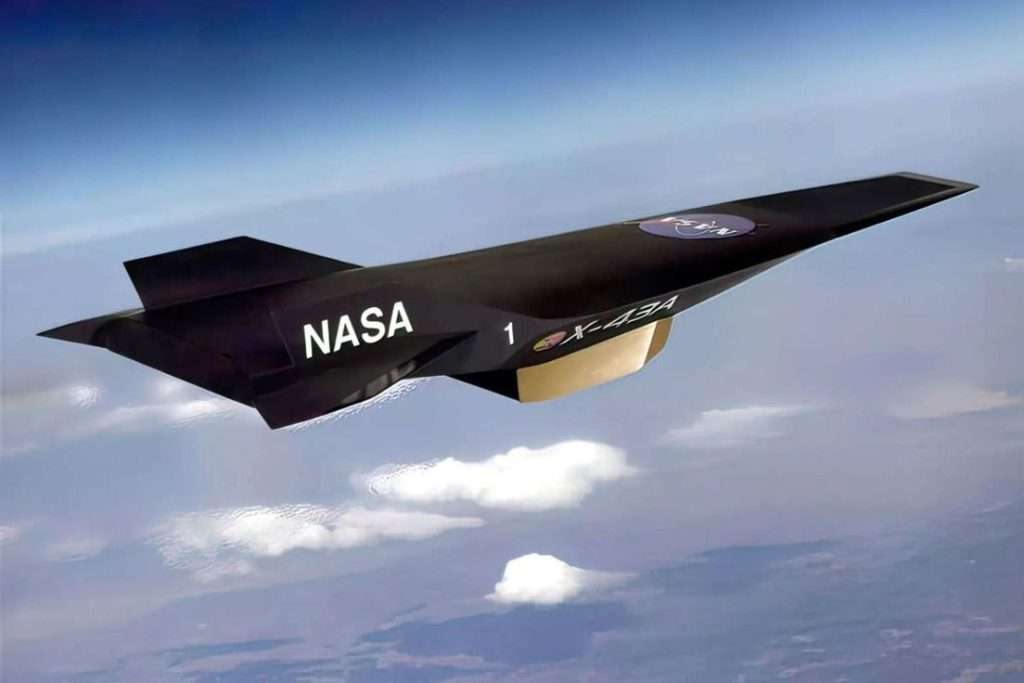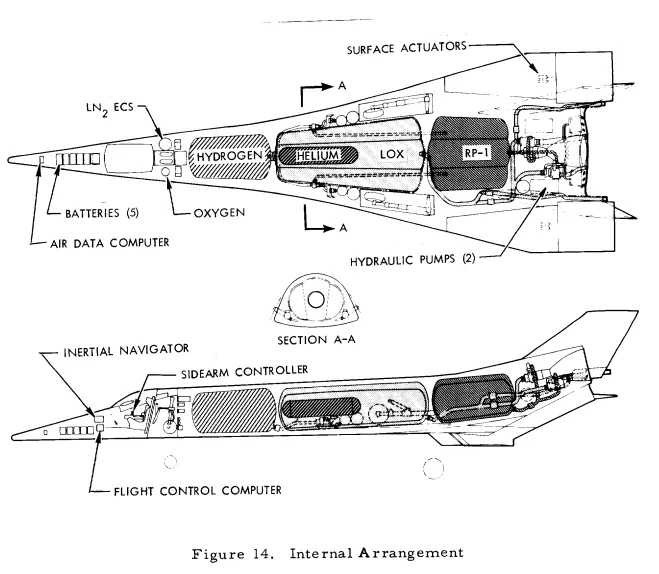Lockheed X-24C, A Hypersonic Plane that never Take flight
- The Lockheed X-24C was a hypersonic scramjet plane that Lockheed Martin designed for experimentation in the 1960s.
- The X-24C had to contend with unsurmountable financial and technological obstacles.

Within aerospace engineering, the Lockheed X-24C is a notable example of the audacious effort to achieve hypersonic flying capabilities. Lockheed Martin created the experimental X-24C in the 1960s to maximize the power of scramjet propulsion and expand the aircraft’s speed and altitude capabilities. The X-24C project had a lot of potential, but it ran into many obstacles and never achieved its goal of reaching hypersonic speed. This article sheds light on the Lockheed X-24C’s significance in the annals of aerospace history by examining its background, design, problems, and legacy. Within aerospace engineering, the Lockheed X-24C is a notable example of the audacious effort to achieve hypersonic flying capabilities. Lockheed Martin created the experimental X-24C in the 1960s to maximize scramjet propulsion’s power and expand the aircraft’s speed and altitude capabilities. The X-24C project had a lot of potential, but it ran into many obstacles and never achieved its goal of reaching hypersonic speed. This article sheds light on the Lockheed X-24C’s significance in the annals of aerospace history by examining its background, design, problems, and legacy.
The Struggle for Domination

The Cold War era, in which the US and the USSR competed with one another in technology, especially in the areas of space travel and aviation, is largely responsible for the development of the Lockheed X-24C. Aeronautical technical breakthroughs were actively sought after during this time, with an emphasis on reaching greater heights and speeds.
A well-known aerospace corporation with a track record of creating cutting-edge aircraft, Lockheed Martin, took on the task of creating a hypersonic vehicle. The X-24C was intended to serve as a testbed for a novel kind of aviation propulsion called scramjet propulsion, which used oxygen from the atmosphere to ignite propellers to achieve speeds greater than Mach 5.
Features and Design: The Hypersonic Flight Blueprint
With its distinctive and avant-garde design, the Lockheed X-24C met the demands of hypersonic flight. Among the aircraft’s primary characteristics were:
- Hypersonic Speeds: Unlocking Scramjet Propulsion A key component of the X-24C’s design was the scramjet engine, which was meant to run effectively at hypersonic speeds.
Scramjet engines aren’t equipped with oxidizers on board as conventional jet engines are. Rather, they depend on the fast airflow to compress and burn the fuel that has been injected into the incoming air. - Waverider Setup: Taking Advantage of Hypersonic Waves With its streamlined design and ability to compress inbound air to create lift, the X-24C was configured as a wave rider.
The design’s primary goals were to reduce drag and increase aerodynamic efficiency—two essential components for reaching and maintaining hypersonic speeds. - Experimental Character: Advancing the Future of Aviation The X-24C was designed as an experimental vehicle to collect vital information on the aerodynamics and performance of scramjets under hypersonic circumstances.
With an eye toward the future, its design pushed the limits of aerospace engineering to achieve quicker and more effective flying.
Obstacles and Difficulties: The Difficult Path to Hypersonic Triumph
There were several difficulties in the creation and testing of hypersonic aircraft, especially those with scramjet propulsion. Several significant obstacles led to the Lockheed X-24C project’s final shelving, including:
- Technological Restraints: Smashing the Sound Barrier and Smashing Obstacles Scramjet propulsion presented enormous technological problems, particularly in the years before the X-24C was conceived.
There were several challenges in creating materials and parts that might survive the harsh circumstances of hypersonic flight. - Financial Restraints: Money and Hopes The X-24C was developed and tested under budget, as is the case with many large-scale aerospace programs.
The practicality of continuing the project over a lengthy period was hampered by the financial needs of developing hypersonic technology in addition to other national objectives. - Priority Evolution: Adapting to Changing Conditions and Changing Approaches The aerospace industry’s resource allocation was impacted by changes in national goals and strategic concerns.
Reevaluating current programs resulted in shifting the emphasis on particular technical endeavors in line with changing geopolitical factors.
Effect and Legacy: The Reverberations of the Unrealized Dream
Despite not becoming a hypersonic scramjet plane as planned, the Lockheed X-24C leaves a lasting impact in the field of experimental aeronautical engineering. Despite its difficulties and eventual termination, the project offered insightful knowledge and lessons that helped pave the way for later developments. The following viewpoints can be used to appreciate the legacy of the X-24C:
- Technological Innovation: Opening Up New Airspace for Aviation By pushing the envelope of technical innovation in hypersonic flight, the X-24C project added to the body of knowledge held by aerospace experts.
Success in the field of high-speed propulsion has been impacted by the lessons acquired during the X-24C’s design and testing phases. - Research and Development: The Pursuit of Understanding and Expertise The X-24C project’s research and development efforts were not in vain because they laid the groundwork for later initiatives into scramjet and hypersonic technology.
The information gathered during the trial flights of the X-24C advanced our knowledge of aerodynamics and propulsion in harsh environments. - Inspiring Future Initiatives: The Foundation of Today’s Victories The X-24C is still a source of inspiration for upcoming programs that strive to achieve hypersonic and scramjet capabilities, even after it was discontinued.
The groundbreaking work carried out by the X-24C is greatly indebted to the fields of materials science, computer modeling, and aeronautical engineering.
The Symphony of the Skies Unfinished
Even though it never reached the hypersonic altitudes that its creators had planned, the Lockheed X-24C is nonetheless remembered as an example of daring aeronautical research. Its narrative is one of aspiration, creativity, and the unwavering quest to push the bounds of what was thought to be feasible. The X-24C’s legacy endures in the continuous pursuit of hypersonic capabilities, serving as a reminder that, despite obstacles, there can be important lessons learned that further our progress into uncharted territory in space exploration and aviation.









